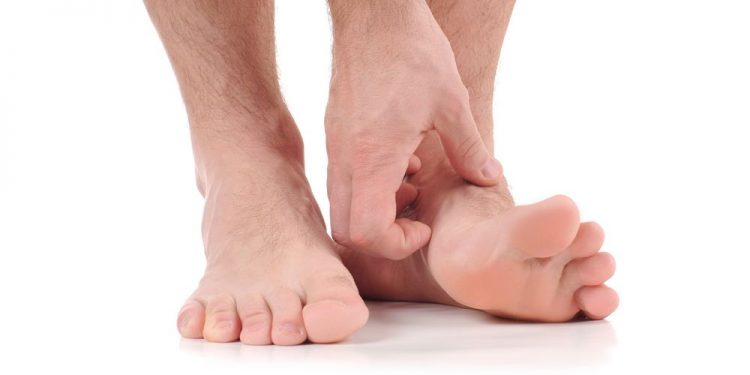Hand foot and mouth disease symptoms are similar to the flu in that children often have fevers, a sore throat and malaise. They may also have blisters on their hands and feet. Some people may develop ulcers in their mouths as well.
It is very common for this illness to be contracted in nurseries and schools, where the virus can spread easily. However, it can also be acquired in other settings, such as the zoo and shopping malls.
The illness is most commonly transmitted through close contact with an infected person. This could be through kissing, hugging or touching objects such as door handles or utensils.
Symptoms generally start 3 to 6 days after the initial exposure. This is called the incubation period and is not usually dangerous.
Fever is the first symptom, and can be high or low grade. This symptom usually goes away within 7-10 days.
Poor appetite and malaise are other typical Hand foot and mouth disease symptoms.
In rare cases, the infection can lead to a severe condition known as viral meningitis. In this condition, the membranes (meninges) that surround the brain and spinal cord are inflamed. This can result in headache, confusion and light sensitivity.
Viral meningitis can be fatal, especially in infants and young children. It is important to get a diagnosis of this infection as soon as possible.

If your child shows any of these symptoms, be sure to keep them home from school or day care. This is to prevent them from spreading the disease to other children.
This is especially important for children under 10 years old, who can be infected more frequently due to their weak immune systems and may not have immunity from a previous bout of the virus.
Moreover, the illness can be prevented by thorough hygiene, such as washing hands frequently. This is particularly important after using the toilet, changing diapers and preparing food.
It is a good idea to also clean and disinfect the common areas in your house, such as kitchens, bathrooms, laundry rooms and bedrooms. The virus is easily transmitted when a child touches something that has been infected by someone else and then puts it into their mouth.
Rashes and sores on the hands and feet are also a telltale sign of this infection, although they can appear in other parts of the body as well. The rash is usually red in color and may resemble a sunburn.
The sores can ooze and form bubbles that make chewing and swallowing difficult. The bubbles will usually go away within a few days, but the pain and itching can last longer.
If a child does have Hand foot and mouth disease, they should be kept out of school or child care until the rash and blisters are gone and their temperature is normal. They should also drink plenty of fluids to avoid dehydration.
The most important way to prevent this infection is by teaching your child to keep their hands away from their face and not put anything into their mouth. The virus that causes Hand foot and mouth disease is able to stay on objects for days, so be sure to wash their hands often, including before eating.









